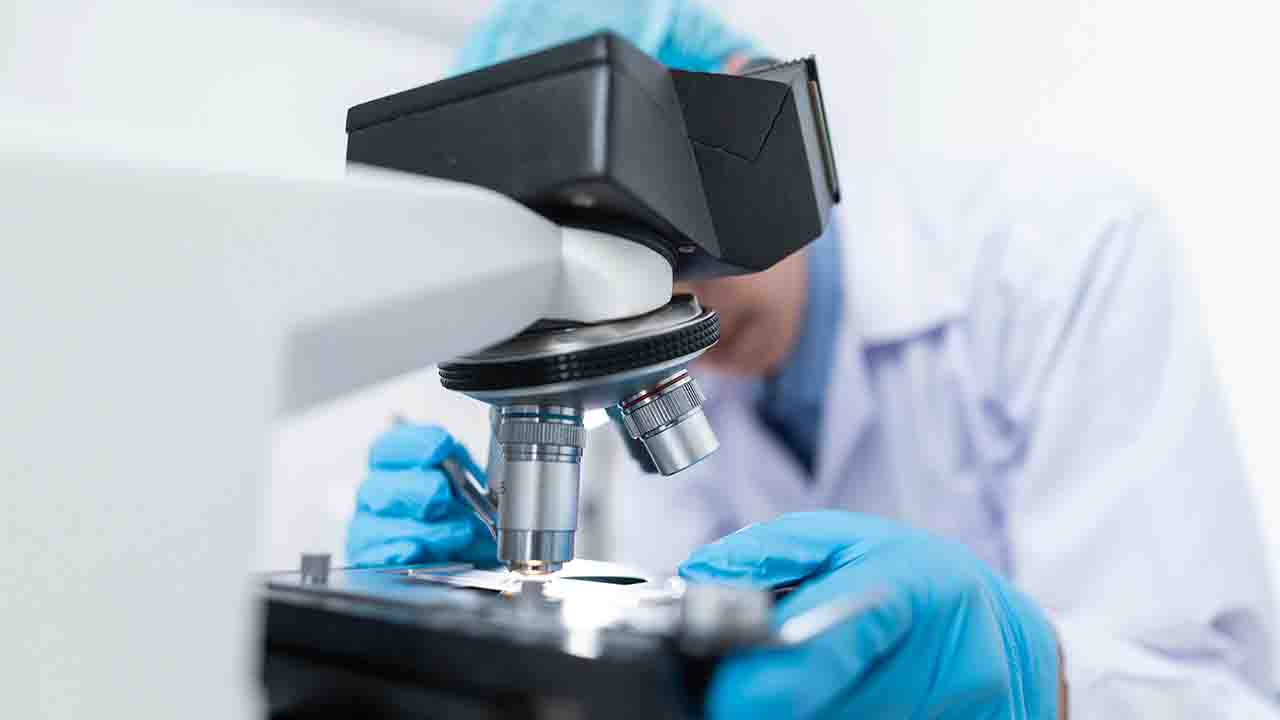Healthcare, UK (Commonwealth Union) – Organoids, which are a relatively new concept in the field of life science and have been gaining significant attention in recent years. These three-dimensional, lab-grown tissue structures have the potential to revolutionize the way we approach medical research, disease modeling, and even organ transplantation. Organoids are created by taking stem cells from a patient and coaxing them to grow into complex, organized structures that mimic the architecture and function of real organs. This is achieved through a combination of advanced cell culture techniques, biomaterials, and precise control over the cellular environment. The resulting organoids are not only visually similar to their in vivo counterparts but also exhibit many of the same physiological properties. One of the most significant advantages of organoids is their potential to transform the field of medical research. Traditional animal models and cell cultures often fail to accurately replicate the complexities of human disease, leading to a high rate of failed clinical trials.
Researchers at the University of Manchester have cultivated human mini-lungs capable of replicating animal responses to specific nanomaterials. Published in the journal Nanotoday recently, the study conducted at the NanoCell Biology Lab within the Centre for Nanotechnology in Medicine highlights the potential of these organoids to complement animal models in research, potentially reducing the need for animal testing. Led by Dr. Sandra Vranic, a cell biologist and nanotoxicologist, the team emphasizes the importance of these human-derived organoids in advancing scientific understanding.
These mini-lungs, grown from human stem cells, form complex three-dimensional structures aiming to mirror the intricate features of human lung tissues. While they’ve been instrumental in studying various pulmonary ailments like cystic fibrosis and lung cancer, as well as infectious diseases such as SARS-CoV-2, their efficacy in mimicking tissue responses to nanomaterials hadn’t been demonstrated until now.
Dr. Rahaf Issa, the lead scientist in Dr. Vranic’s team, devised a method to precisely administer carbon-based nanomaterials into the organoid’s lumen, simulating real-world exposure of the pulmonary epithelium—the outer layer of cells lining the respiratory passages within the lungs. This breakthrough could significantly enhance our ability to assess the effects of nanomaterials on human lung tissue, potentially revolutionizing toxicological studies and drug development.
Researchers of the study point out that animal research findings indicate that a specific type of long, rigid multi-walled carbon nanotubes (MWCNT) can trigger adverse effects in the lungs, resulting in persistent inflammation and fibrosis, which is a severe form of irreversible lung scarring.
Through parallel biological investigations, the team observed similar responses in human lung organoids, affirming their utility in predicting nanomaterial-induced reactions in lung tissue. These organoids provided valuable insights into nanomaterial interactions at the cellular level.
The studies revealed that graphene oxide (GO), a thin, flexible carbon nanomaterial, transiently resides within a protective substance called secretory mucin produced by the respiratory system, potentially shielding it from harm.
Researchers indicated that in contrast, MWCNT exhibited prolonged interaction with alveolar cells, limited mucin secretion, and the development of fibrous tissue.
Building upon these findings, Dr. Issa and Vranic, based at the University of Manchester, Centre for Nanotechnology in Medicine, are pioneering the development and analysis of a novel human lung organoid incorporating an immune cell component.
Dr. Vranic emphasized, that with continued validation, prolonged exposure assessments, and the integration of immune components, human lung organoids have the potential to significantly reduce reliance on animal models in nanotoxicology research.
“Developed to encourage humane animal research, the 3Rs of replacement, reduction and refinement are now embedded in UK law and in many other countries.
“Public attitudes consistently show that support for animal research is conditional on the 3Rs being put into practice.”
Professor Kostas Kostarelos, who is Chair of Nanomedicine at the University of Manchester says “Current ‘2D testing’ of nanomaterials using two-dimensional cell culture models provide some understanding of cellular effects, but they are so simplistic as it can only partially depict the complex way cells communicate with each other.
“It certainly does not represent the complexity of the human pulmonary epithelium and may misrepresent the toxic potential of nanomaterials, for better or for worse.
The key advantage for organoids is that it is taken from a patient’s own cells, where researchers can study the progression of diseases in a highly controlled and relevant environment, paving the way for more effective treatments and improved patient outcomes. However, it is likely that more research will be needed before organoid can be used in a more widespread manner.








